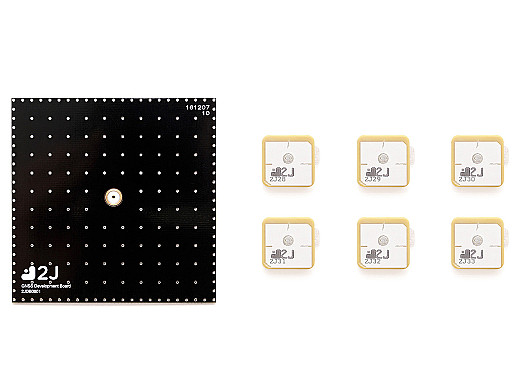

Total revenue for the third quarter was $69.2 million, down $1.8 million from last year. The quarter was highlighted by record margins leading to higher than anticipated adjusted EBITDA, despite hardware revenues being lower due to continued weakness in the macro transportation environment. Earlier this morning, we issued a press release announcing our financial results for the third quarter ending September 30th, 2019.

Laura Wood, Senior E.S.Thanks, Michelle and good morning, everyone. International aftermarket solution providersįor more information about this report visit How will the commercial vehicle telematics industry evolve in the future? Will the FM industry consolidate further in 2022 and beyond? What differences are there between the North and Latin American markets? How is the shift towards standard hardware influencing the FM market in the Americas? How are the regulatory developments in the Americas affecting the FM industry? What offerings are available from commercial vehicle OEMs? Which are the leading providers of aftermarket fleet management solutions in the Americas? What is the geographical structure of commercial vehicle fleets in the Americas? This report answers the following questions Revised market forecasts lasting until 2025. Summary of OEM propositions from commercial vehicle brands. Updated profiles of 83 aftermarket fleet management solution providers.

In-depth analysis of market trends and key developments. New data on vehicle populations and commercial fleets in the Americas.Ĭomprehensive overview of the fleet management value chain and key applications. Insights from 30 new executive interviews with market-leading companies. "The milestone of one million connected units globally has already been surpassed by ten solution providers and three of them have reached the two million range", concluded Mr. Bridgestone is now following suit, having acquired the European market leader Webfleet solutions (formerly TomTom Telematics) in 2019 and most recently US-based Azuga in September 2021.ĭriven by growth strategies based on M&A activity and high-pace organic growth, the analyst anticipates a future scenario where the global fleet management market is dominated by a handful of providers with installed bases measured in the millions. He adds that Michelin has established a strong position in the fleet management space through multiple acquisitions in the Americas and beyond. "The remaining top-15 players are Michelin, Fleet Complete, Gurtam, KeepTruckin, Teletrac Navman, Azuga, CalAmp and PowerFleet, all having installed bases of at least a couple of hundred thousand units in the region", continued Mr. "Geotab has even reached the 2 million mark", said Rickard Andersson, Principal Analyst.Īdditional key providers with more than half a million units include Omnitracs, Trimble, Lytx, Zonar Systems and Samsara. The two front-runners are the only players which have surpassed the milestone of 1 million active fleet management subscribers in the region. The analyst ranks Geotab and Verizon Connect as the leading fleet telematics providers in the Americas. At the end of 2020, the top-30 vendors together had more than 11 million vehicles under management in the region and the top-10 represented almost 50 percent of the total installed base in the Americas. There are now more than 30 players with installed bases of at least 100,000 active fleet management units in the Americas. In Latin America, the number of active fleet management systems is expected to grow at a CAGR of 13.1 percent from 4.2 million at the end of 2020 to reach 7.9 million in 2025. Growing at a compound annual growth rate (CAGR) of 14.0 percent, this number is expected to reach 23.6 million by 2025. The installed base of fleet management systems in the Americas to reach 31 million units by 2025Īccording to this report, the number of active fleet management systems deployed in commercial vehicle fleets in North America was 12.3 million at the end of 2020. Get up to date with the latest information about vendors, products and markets. The number of systems in active use in the Americas is forecasted to grow at a compound annual growth rate (CAGR) of 13.7 percent from 16.5 million units in 2020 to 31.4 million units by 2025.


 0 kommentar(er)
0 kommentar(er)
